Do Cats Eat Turtles? (+ How to Protect Your Turtle From Cats)

Are you worried sick about your fur baby's safety?
Does the thought of them interacting with those wily turtles send shivers down your spine?
Well, hold onto your whiskers, folks, because we're about to dive into this shell-cracking mystery 😱.
Let's find out, shall we?
Do Cats Eat Baby Turtles?
Cats and turtles can be a tricky combo, especially for the little ones. 😺
Here's what you need to know:
- Baby turtles trigger cats' hunting instinct, making them easy prey.
- Hungry cats might mistake tiny turtles for food and try to eat them.
- Smaller turtles are more attractive to cats because they're easier to catch.
- Adult turtles have a better chance of escaping cats since they are harder to find.
- Domestic cats love chasing turtles just for the fun of it, unaware of boundaries.
- Well-fed cats are less likely to actively seek out turtles, but keep an eye on them anyway.
- Size doesn't guarantee safety; even big turtles can pique a cat's curiosity.
- Cats won't hesitate to snack on turtles indoors or outdoors.
Now you know how cats and turtles coexist. Remember, keep those little turtles safe!
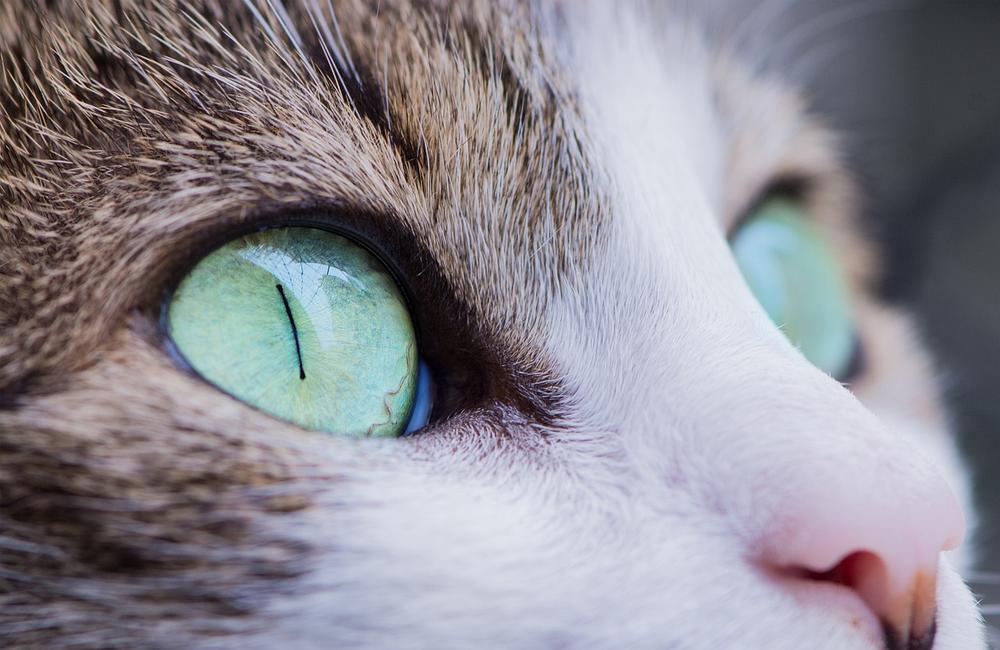
And when it comes to curious felines, their appetite for adventure extends beyond just baby turtles.
If you're curious about whether cats also have a taste for squirrels and whether it's good for them, I have written a blog post addressing just that.
In my article Do Cats Eat Squirrels, you'll find all the information you need to satisfy that inquisitive nature and ensure the wellbeing of both our feline friends and those adorable bushy-tailed creatures.
Why Do Cats Kill Turtles?
Cats are natural hunters. They see turtles as competition and may try to harm them.
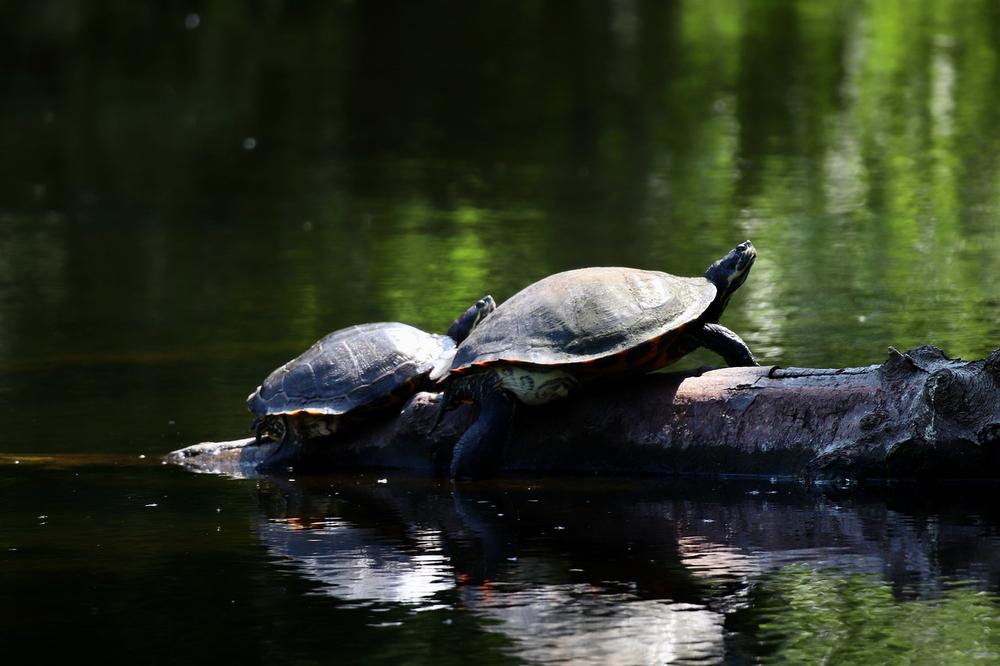
Their curious nature and strong prey drive can lead them to bite or destroy turtles they encounter.
Cats perceive turtles as easy targets and may attack them with the intention of killing. In some instances, cats might even eat turtles to satisfy their hunting instincts. Although turtles may not be as thrilling for cats to chase as birds or rabbits, there remains a possibility that a turtle could become a victim of a cat's sport or predatory instincts.
Do Cats Eat Turtle Eggs?
Cats may eat turtle eggs for protein and nutrients
If they can't find anything else to eat, some cats might munch on turtle eggs because they're packed with all the good stuff cats need to stay strong.
Cats can consume turtle eggshells for calcium and magnesium
Crushed up or mixed in with their regular food, turtle eggshells give cats a dose of important minerals like calcium and magnesium.
Just ensure to do it sensibly and ask your vet about it!
Feral cats have been known to eat turtle eggs and hatchlings
Out in coastal areas where turtles lay their eggs, wild cats can be a real danger to those precious little eggs and baby turtles. Domestic cats might not actively hunt for turtle eggs, but they could still play with them and accidentally cause harm.
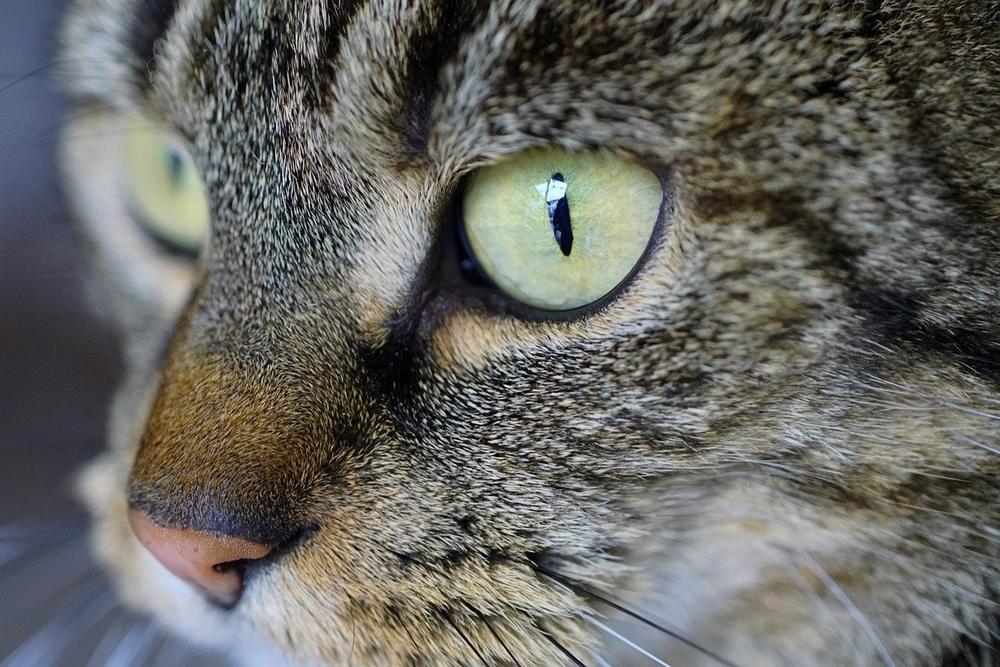
So keep an eye on your cat and take steps to protect those special reptile eggs if you've got both cats and turtles around you.
But if you're wondering about other interesting food choices for your furry friend, you might want to consider exploring whether cats can eat grasshoppers.
Yes, you heard me right - grasshoppers! They may seem like an unusual choice, but learning about the potential consequences of this intriguing snack can satisfy your curiosity and address any concerns you may have.
How to Protect Your Turtle From Cats?
To keep your turtle safe from cats, there are a few things you can do:
- Set up special spots for your turtle with fences or enclosures to keep those pesky cats away.
- Put a cover on the tank so cats don't go climbing and get their paws on your turtle.
- Cats aren't the only ones who pose a danger; critters like opossums, weasels, skunks, and ferrets can also attack, so make sure the turtle area is off-limits to these troublemakers.
- If it gets tough to watch over the cats and turtles at the same time, it might be a good idea to give them separate spaces.
- Don't leave baby turtles alone when a cat is around - if a cat tries to snatch one up, you need to step in right away.
- Taking care of your pet turtle means making their safety from cats a top priority.
Ensure the safety and well-being of your beloved turtle by adhering to these suggestions.
But what if you're not just concerned about protecting your turtle from cats?
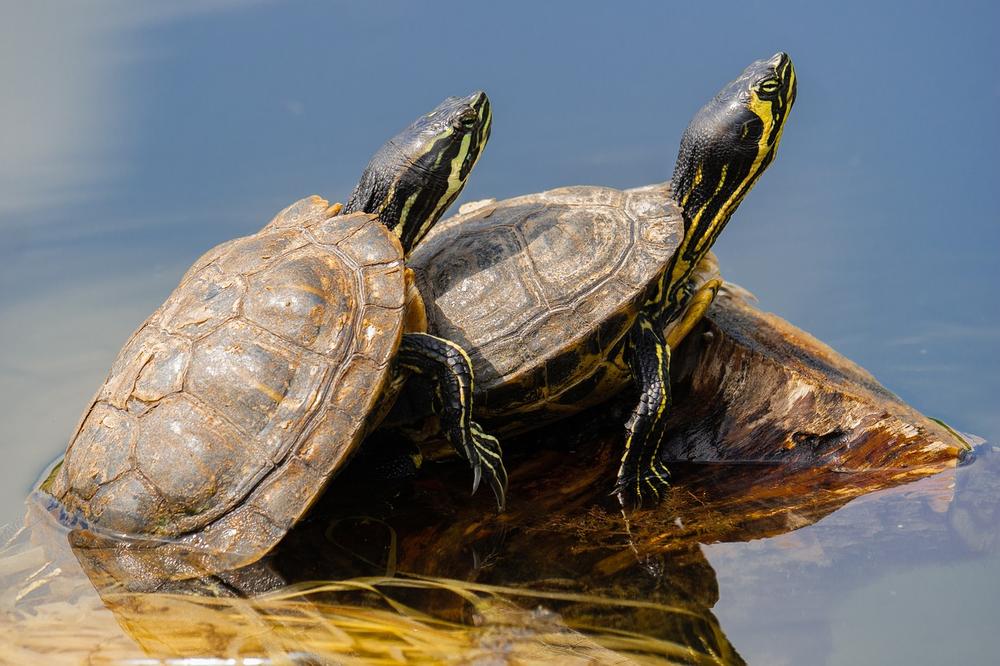
What if you're wondering if cats and turtles can actually coexist peacefully?
Well, let me tell you, it's entirely possible!
In fact, with a bit of patience and careful introduction, cats and turtles might even become the best of friends.
Keep reading to discover how to foster a harmonious relationship between these unlikely companions...
Introduction of Cats to Turtles: A Guide
Here's how to introduce your cat to your turtle smoothly and safely:
- Let the cat sniff something that smells like the turtle: This helps the cat get used to the turtle's scent.
- Create a safe space for the turtle: Make sure the turtle has an enclosure where the cat can't bother it. Safety is important for both animals.
- Watch them closely when they're together: Keep an eye on their interactions so you can step in if things get aggressive. This protects both pets.
- Reward good behavior: Give treats or praise to both the cat and turtle when they are calm and friendly with each other. Positive reinforcement goes a long way.
- Take it slow: Start with short sessions of them being together and gradually increase the time. Let them get more comfortable with each other over time.
- Remember, cats are hunters.
- Be patient: It might take some time for the cat and turtle to warm up to each other. Be patient and let them go at their own pace.
Your cat and turtle can develop a joyful bond and appreciate each other's presence with the guidance of these instructions.
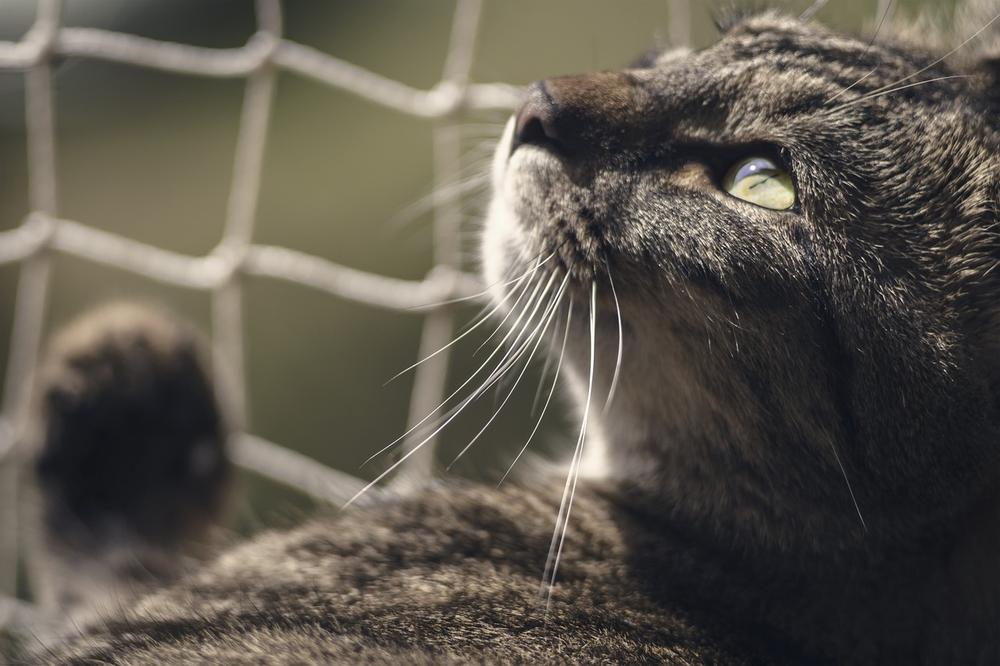
But the real question is, can cats actually eat turtles?
Let's dig deeper to find out if it's safe for them and uncover the fascinating dynamics between these two creatures.
You might be surprised by what I discovered!
Cats, Turtles, and Shells: Compatibility and Predation Explained
| Question | Answer |
|---|---|
| Can cats eat turtles? | While there may be rare cases of cats attacking and eating turtles, it is not common behavior. Cats are typically deterred by the hard shells of turtles. |
| Are turtles safe around cats? | Generally, turtles are safe around cats. Cats are not accustomed to preying on turtles and are more likely to coexist peacefully with them, given proper preparation. |
| Why are cats deterred from preying on turtles? | Cats may have ancestral instincts to hunt small prey, but their domestication has made them less likely to attack turtles. The turtles' large, hard shells act as a deterrent. |
| What precautions should be taken with cats? | If you have both cats and turtles, providing separate living spaces with secure enclosures is essential for the safety and well-being of both pets. |
| How can cats and turtles coexist peacefully? | Coexistence between cats and turtles is possible through proper preparation. Provide hiding spots and elevated platforms for the turtles to escape from the reach of cats. |
Cats, turtles, and shells. Sounds like the beginning of a wild adventure.
But can cats really eat turtles?
And is it safe for them to do so?
Well my curious friends, let's dive into this fascinating topic.
You see, cats and turtles have complex interactions.
When it comes to turtles with big, tough shells, cats generally think twice before pouncing.
The hard shells of larger turtles serve as a deterrent for our feline friends.
It's like having armor on, protecting them from potential prey.
Now, while cats may have ancestral instincts that make them eye small prey such as turtles, domestic cats aren't exactly pros at attacking these reptiles. Cats are more used to hunting birds or mice than chomping on turtles.
If we venture into the wild, where the big cats roam, things can get a bit more intense.
Big cats, like lions or tigers, might crack open a turtle's shell as if it were a challenging triple-tiered treat.
But hey, they're predators after all!
Fear can also come into play here.
Some cats might shudder in their furry boots when faced with turtles.
If they feel threatened, they could potentially harm or even kill these cute little reptiles.
However, most cats won't fear those tiny turtles.
And guess what?
Coexistence between cats and turtles is surprisingly peaceful.
You heard me right!
Cats and turtles can actually live together without turning each other into lunch.
Sure, cats might be tempted to nibble on the meat inside the turtle's shell, but they usually don't go crazy and munch on the whole thing.
Meanwhile, turtles know how to defend themselves by retreating into their trusty old shelters.
They just slide right in and avoid any kitty claws.
So, my dear readers, cats and turtles can generally squash their differences and become compadres. With proper preparation and maybe a watchful eye, these unlikely buddies can coexist and maybe even cuddle up together.
That's it for now.
Stay tuned for more fascinating insights about cats, turtles, and the unexpected connections they share!
The Impact of Cats on Turtle Survival
Key Takeaways:
- House cats may try to eat turtles, especially baby ones.
- Cats are more likely to target smaller turtle species.
- Adult turtles are difficult for cats to locate.
- Cats may chase turtles for fun, but not necessarily eat them.
- Eating a turtle won't harm a cat, but it may be a struggle.
- Cats have a natural instinct to hunt and prey on turtles.
- Cats may attack and potentially kill turtles to satisfy their predatory instincts.
- Cats may play with or eat turtle eggs if given the opportunity.
- Scratches from cats can harm reptiles and amphibians.
- Steps should be taken to protect turtles from cat-related harm.
- Cats and turtles can potentially get along if properly introduced and supervised.
- Cats may be afraid of turtles, especially if they have never encountered one before.
- Cats may face challenges when attempting to eat turtles due to their shells.
- Coexistence and compatibility between cats and turtles is possible with proper preparation.
And that wraps up today's article.
If you wish to read more of my useful articles, I recommend you check out some of these: Do Cats Eat Mosquitoes, Can Cats Drink Kombucha, Can Cats Eat Tortillas, Can Cats Eat Almonds, and Can Cat Eat Raw Fish
Talk soon,
-Sarah Davis